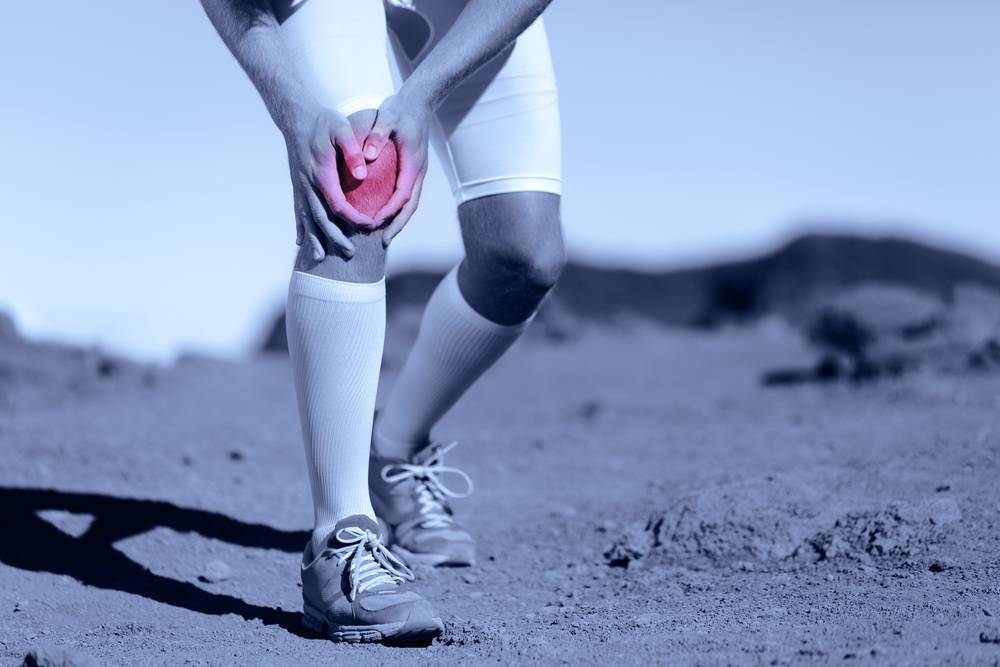A Revolutionary Approach to Torn ACLs: Natural Healing over Surgery
A groundbreaking study recently published in the British Journal of Sports Medicine indicates that Anterior Cruciate Ligament (ACL) tears, which have plagued athletes for years, might have the ability to heal naturally. This finding has the potential to alter the landscape of ACL treatment, decreasing the need for invasive surgeries.
“The field of research in ACL continues to make advancement and new discoveries. One of them is the discovery of new evidence suggesting the ability of the ACL to heal,” says Dr. Sean Leo, an orthopaedic specialist at OrthoSports Singapore. “Traditionally, most surgeons have been taught that a torn ACL does not heal by itself and will need to be replaced. In recent years, surgeons have been publishing new techniques on how to do an ACL repair. This suggests that the ACL has the ability to heal. While the evidence is new and may take some time to further develop, there are promising signs which point to new ways of treating ACL tears,” Dr. Leo adds.
A Closer Look at the ACL
The Anterior Cruciate Ligament (ACL) is a critical component of the human knee. It connects the femur (thigh bone) to the tibia (shin bone). As one of the pair of cruciate ligaments, it is arranged in a crossed formation. The term ‘cruciate’ translates to cross.
The ACL contributes significantly to the stability of the knee joint. It provides 85% of the restraining force to anterior tibial displacement at 30 and 90° of knee flexion. Its role is to resist anterior tibial translation and internal tibial rotation, preventing anterior tibial subluxation of the lateral and medial tibiofemoral joints.
What is ACL Surgery?
ACL reconstruction surgery can help restore mobility and stability to the knee. This follows a severe injury, such as a complete tear. The procedure involves replacing the torn or ruptured ACL. This is done with a piece of tendon or ligament tissue from the patient (autograft) or from a donor (allograft).
The surgery is generally recommended for:
- Active adults involved in sports or physically demanding jobs
- Young children and teens with ACL tears
- Those with combined injuries to other areas of the knee
- Those with high instability in the knee that may cause further injury
The process of ACL reconstruction surgery involves the use of an arthroscope, a thin tube with a fibre-optic camera and surgical tools, to remove the torn ACL and clean the area. The surgeon then drills small holes into the tibia and femur to attach the bone anchors with posts, screws, staples, or washers. The graft is then tested to ensure its secure attachment and the knee’s range of motion. The patient typically goes home the same day as the procedure.
Preparation for the surgery often involves several weeks of physical therapy to improve surgical outcomes, reduce swelling, and stiffness, and restore the patient’s range of motion. The surgeon may also recommend the use of a brace to protect the ligaments in the knee, giving them time to heal before the surgery.
Breaking New Ground with a Non-surgical Approach
The groundbreaking study led by Dr. Stephanie Filbay, a physiotherapist and Senior Research Fellow at the University of Melbourne, has triggered a dynamic discourse within the medical fraternity. This study, published in the British Journal of Sports Medicine, has fundamentally challenged the widely held belief that ACL injuries cannot heal naturally.
By analysing data from the KANON randomised controlled trial, Filbay and her team found evidence of ACL healing in patients who underwent exercise-based rehabilitation, without resorting to surgery. Their study has shown that this approach can lead to improved patient-reported outcomes compared to those who underwent ACL reconstruction surgery.
The discovery that ruptured ACLs could heal on their own has profound implications for the future of ACL injury management, potentially prompting a paradigm shift akin to the one sparked by research on meniscal tears. Dr. Filbay aims to take this research further, seeking to understand the variables that influence ACL healing and if specific treatments could enhance the probability of natural healing.
Filbay has expressed the intention to conduct a larger, randomised, controlled trial to compare the outcomes of different treatment approaches. This will likely offer further insights and potentially confirm the initial promising findings of this study.
The results of the study may reshape the standard of care for ACL injuries. There may be a shift from invasive surgical interventions towards more conservative, towards rehabilitation-focused treatment strategies.
Dr. Leo emphasises that not all ACL injuries are the same. “Some injury patterns have a better likelihood of healing or being repaired successfully. These tend to be ACL injuries occurring from the femoral origin. As more research is being done on this subject, we are optimistic about being able to understand this field further and being able to better select individuals who have a higher chance of healing their ACLs or having a successful ACL repair,” Dr. Leo concludes.
Key Takeaways
The discovery of the ACL’s ability to heal naturally through specialised bracing and physical therapy could be a game-changer. It presents an alternative to invasive surgery, which has been the standard treatment for decades.
However, further research is needed to fully understand the long-term effects and durability of naturally-healed ACLs. In the meantime, it’s essential for patients to consult healthcare professionals and consider all options, including new non-surgical alternatives.
References
- Reynolds, G. (2023, June 28). A torn ACL can heal itself, new study shows. Surgeons disagree. Washington Post. https://www.washingtonpost.com/wellness/2023/06/28/torn-acl-healing-therapy-surgery/
- Risk factors for anterior cruciate ligament injury: a review of the literature-part 2: hormonal, genetic, cognitive function, previous injury, and extrinsic risk factors – PubMed. (2012, March 1). PubMed. https://doi.org/10.1177/1941738111428282
- Quality of Life in Symptomatic Individuals After Anterior Cruciate Ligament Reconstruction, With and Without Radiographic Knee Osteoarthritis – PubMed. (2018, May 1). PubMed. https://doi.org/10.2519/jospt.2018.7830
- Knee ligament surgery. (n.d.). nhs.uk. https://www.nhs.uk/conditions/knee-ligament-surgery/
- Ruptured ACLs can heal without surgery, study finds. (2022, November 14). Newsroom. https://www.unimelb.edu.au/newsroom/news/2022/november/ruptured-acls-can-heal-without-surgery,-study-finds

